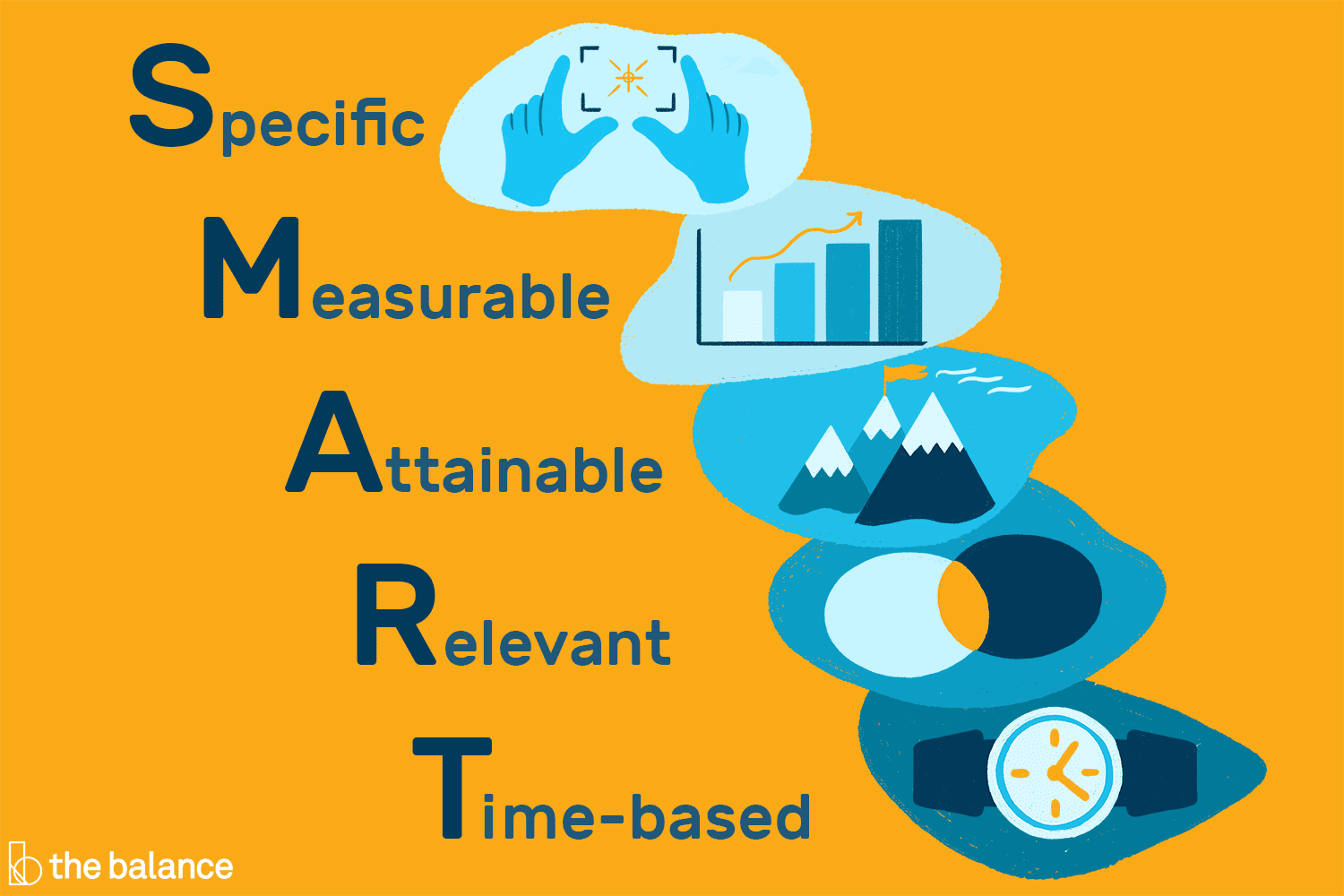In an increasingly globalized world, international business is not just about navigating different cultures and legal frameworks but also about adapting to varied climates and environments. The challenges posed by these factors can significantly impact operations, supply chains, and overall business success. This article delves into how businesses are exploring new horizons and strategies to thrive in diverse global settings.
Understanding the Climate Challenge in International Business
The first step in overcoming environmental challenges is understanding them. Different regions come with unique climates, from the freezing temperatures of the Arctic to the scorching heat of the Sahara. Each of these climates presents distinct challenges. For example, in colder regions, energy consumption for heating can skyrocket, while in hotter areas, the need for cooling systems becomes paramount. Businesses must therefore invest in understanding the local climate and prepare accordingly, ensuring that their operations are sustainable and efficient in these diverse conditions.
Innovative Solutions for Extreme Conditions
Innovation plays a key role in adapting to harsh environments. For instance, in arid or dusty regions, companies are turning to cutting-edge solutions like advanced dust suppression equipment. This technology is crucial for maintaining air quality and visibility, and ensuring the health and safety of employees, especially in industries like mining and construction where dust is a significant concern. By integrating such environmentally conscious solutions, businesses not only comply with local regulations but also demonstrate a commitment to sustainable practices.
Building Resilience in Supply Chain Management
Adapting to different climates also means ensuring resilience in supply chain management. Extreme weather conditions, be it heavy rainfall or severe droughts, can disrupt transportation and logistics. Companies are increasingly using predictive analytics and AI to forecast such disruptions and develop contingency plans. This proactive approach helps in minimizing delays and maintaining a steady flow of goods and services, which is crucial in a global market.
Cultural Sensitivity and Environmental Adaptation
Understanding and respecting local cultures is intertwined with environmental adaptation. For instance, in some cultures, certain methods of environmental control or construction might be preferred over others due to local beliefs or practices. Businesses must be culturally sensitive and work closely with local communities to ensure that their methods of adapting to the climate are also culturally appropriate. This not only helps in smoother operations but also in building strong relationships with local stakeholders.
Sustainable Practices as a Competitive Advantage
Adopting sustainable practices in response to different climates is not just a necessity but also a competitive advantage. Consumers and clients are increasingly environmentally conscious and prefer to engage with businesses that demonstrate a commitment to sustainability. By implementing eco-friendly practices, such as using renewable energy sources or investing in sustainable infrastructure, businesses can enhance their brand image and appeal to a broader customer base.
Employee Well-being in Diverse Climates
Ensuring the well-being of employees working in extreme climates is crucial. Companies must provide adequate training and resources to help them adapt. This includes proper attire for extreme weather, training for dealing with environmental hazards, and ensuring that workspaces are comfortable and safe. By prioritizing employee well-being, businesses not only comply with health and safety regulations but also boost employee morale and productivity.
Leveraging Technology for Environmental Adaptation
Technology is a powerful tool in adapting to different climates. From advanced HVAC systems to smart buildings that adjust to environmental changes, technology can help businesses operate efficiently in any climate. Moreover, data analytics and IoT devices provide valuable insights into environmental conditions, helping businesses make informed decisions about their operations.
The Road Ahead: Embracing the Challenge
As international business continues to expand, adapting to different climates and environments becomes increasingly important. It’s a challenge that requires a blend of innovation, sustainability, cultural sensitivity, and technological prowess. Businesses that successfully navigate these challenges not only ensure their operational efficiency but also contribute to a more sustainable and interconnected global economy.
In conclusion, the new horizons of international business are not just geographical but also environmental. Adapting to different climates and environments is a complex yet essential aspect of global business strategy. It requires a holistic approach that encompasses innovative solutions like dust suppression equipment, sustainable practices, cultural sensitivity, employee well-being, and the smart use of technology. Businesses that embrace these challenges are not only setting themselves up for success but are also paving the way for a more sustainable and resilient global business landscape.




